The Thousand Island House in Alexandria Bay
One of the many grand hotels built during the Gilded Age in the Thousand Islands was the Thousand Island House, located in Alexandria Bay. After Alexandria Bay and the Thousand Islands were thrust into the spotlight with President Grant’s visit in 1872, Orren G. Staples and C. A. Not, proprietor of the American Hotel in Watertown, built the Thousand Island House. Staples was no stranger to construction, his wife, Helen, having purchased land for their home he would build from Sarah M. Woodruff Flower, wife of Roswell P. Flower, in 1863 (the property was part of the Norris Woodruff, builder of the Hotel Woodruff, estate.)

Upon nearing its completion in April 1873, the Watertown Re-Union gave an account of the hotel’s size. In comparing it to the Woodruff House in Watertown, it was written–
Some idea may be formed of the size of this hotel by comparing it to the Woodruff House of your city, and taking into account that the length exceeds the same by about 80 feet, with a wing in the shape of a T 100 by 40 feet–all 4 stories high, with a part of the building five stories. The Thousand Island House is built in the most substantial manner supported all through with iron rods 1.5 inches in diameter and is pronounced by the best mechanics and architects to be the best built as well as the largest frame building in the state.
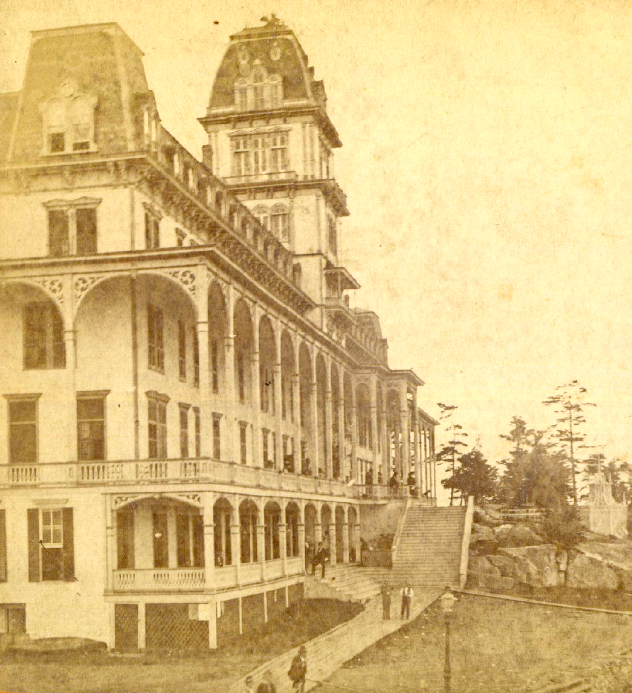
Though it would be a few more weeks before it opened, the Watertown Daily Times would headline the Thousand Island House on its July 3 front page with a detailed account–
This “Thousand Island House” as it is called, which will hereafter give luxurious accommodations to those who got to the islands, commands the finest views of the river in both directions, and most of the favorite islands and island groups may be seen from its lofty tower. It was named by Gen. S. D. Hungerford, banker at Adams, who has also presented the proprietors with a beautiful set of colors for the building.
Years later, the Watertown Daily Times obituary for Staples in September 1918 would detail the opening of the Thousand Island House–
Old residents of the river towns still recall the opening day of the Thousand Island House. Mr. Staples’ ability as a press agent had been exercised, and crowds came from all over Northern New York and the St. Lawrence section of Canada to witness the land and water sports advertised.
The Thousand Island House fed hundreds of hungry visitors, and all day until far into the night, a dozen dispensers of refreshments flung bottles and glasses along the bar and raked country boys’ one and two-dollar bills offered in payment for a couple of beers or cigars into the cash drawers with the unsympathetic information “No time to make changes. Stand back and give others a chance.”
And Staples, sitting in a corner in company with a gentlemen friend, laughed at the discomfiture of the victims and said, “Just watch those fellows rake in the cash. Another day like this, and we will be able to pay for another hotel.”
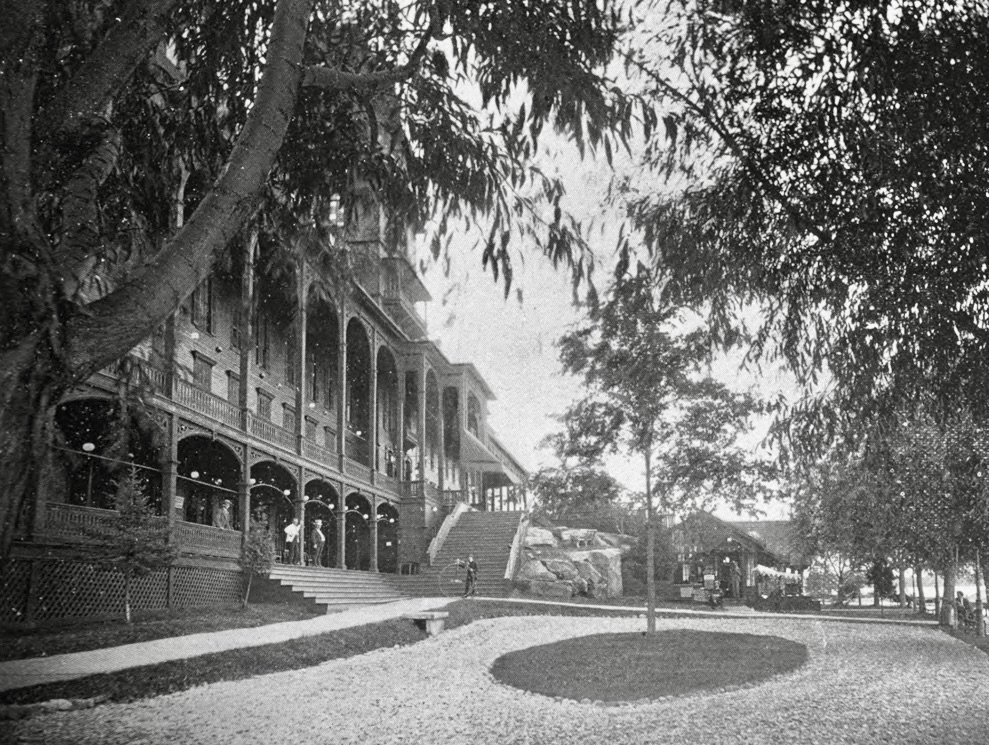
What began with a lack of facilities available in Alexandria Bay just the summer before resulted in a speedily constructed, luxurious hotel that could accommodate about 600 guests. The nearby Crossmon House was undergoing a major expansion at the same time, and the two gave Alexandria Bay and the Thousand Islands region as a whole the world-class facilities that would help to put the area in the spotlight more than it had ever been.
Ironically, Alexandria Bay wasn’t Staples’s first choice location for building the hotel. Still, Cornwall & Walton parted with the land it was built on for very little money, and it was said the original plans were to build the Thousand Island House twice as large, but the Crossmon House and its expansion altered the plans.
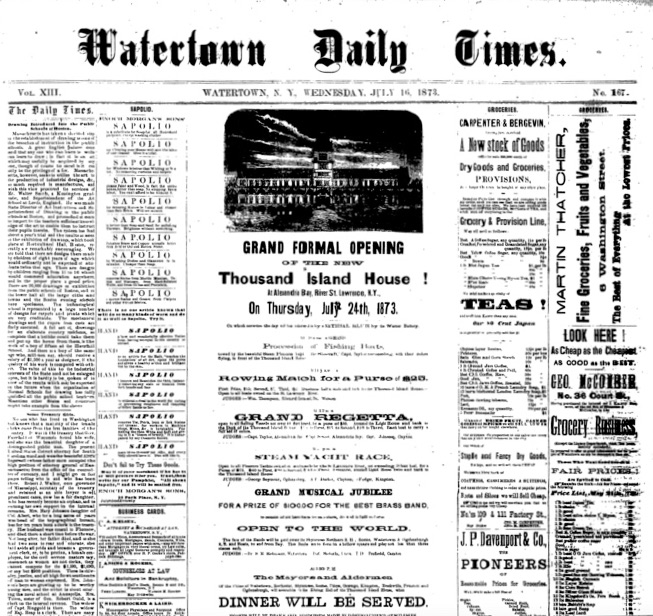
The hotel finally opened on July 24th, with the Watertown Daily Times announcing it on its front page on July 16th. To commemorate the event, a balloon ascension, similar to the ones in Watertown, would be held. Earlier in July, the Watertown Daily Times reported–
This “Thousand Island House” as it is called, which will hereafter give luxurious accommodations to those who go to the islands, commands the finest views of the river in both directions, and most of the favorite islands and island groups may be seen from its lofty tower. It was named by Gen. S. D. Hungerford, banker at Adams, who has also presented the proprietors with a beautiful set of colors for the building.
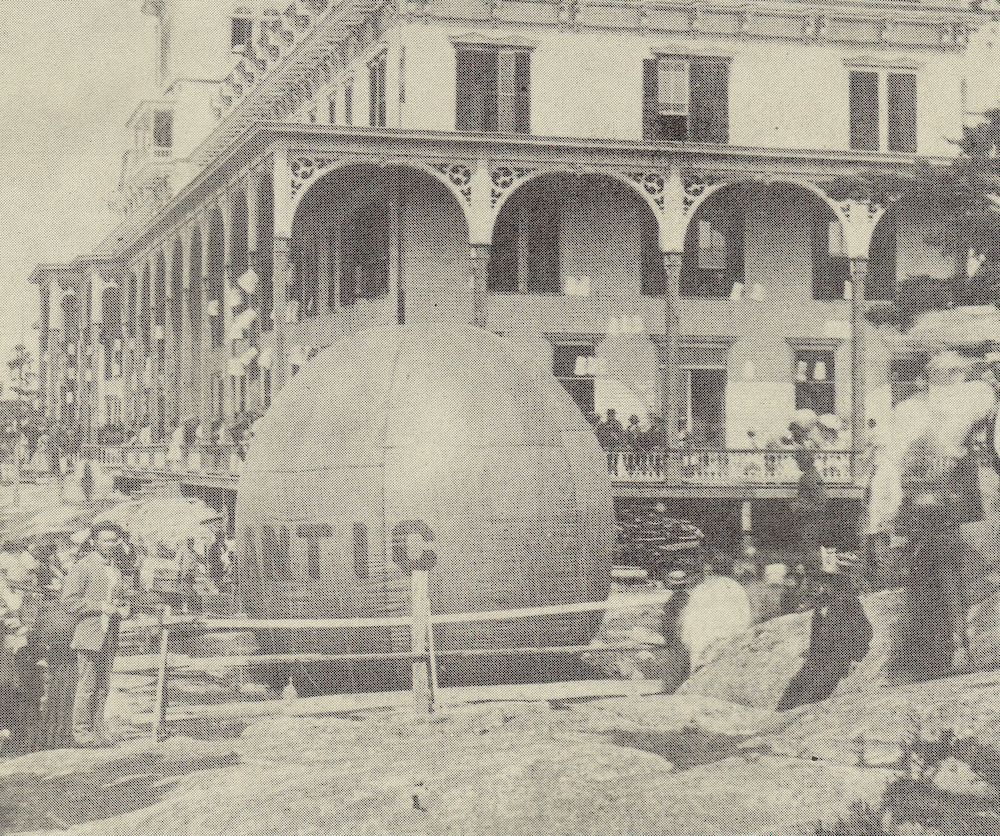
Staples owned and operated the Thousand Island House until 1883, when he sold it before moving to Washington, D.C., where he became the proprietor of the famous Willard Hotel, built anew c.1900 and known today as the Willard InterContinental Washington, located at 1401 Pennsylvania Avenue. This would start several successful hotel ventures in the area, but Staples couldn’t stay away from the 1000 Islands forever.
In 1897, Orren G. Staples repurchased the Thousand Island House and, according to the booklet, The Thousand Islands, by the New York Central and Hudson River Railroad Company, published in 1900, the resort underwent significant changes–
It is in this central locality that Col. O. G. Staples conducts the large and commodious Thousand Island House. The house has been entirely refurnished and decorated and every detail put in complete repair. Fifty bathrooms have been added and the plumbing renewed throughout. It is built upon a magnificent scale, and its beautiful location, easy accessibility to the best fishing grounds on the river and islands render it the most attractive place on the river. It will accommodate 700 guests. Visitors stopping at the Thousand Island House will find the rest, comfort and attention which they seek. Also that the marvelous atmosphere is an absolute cure for hay fever, insomnia and all pulmonary complaints.
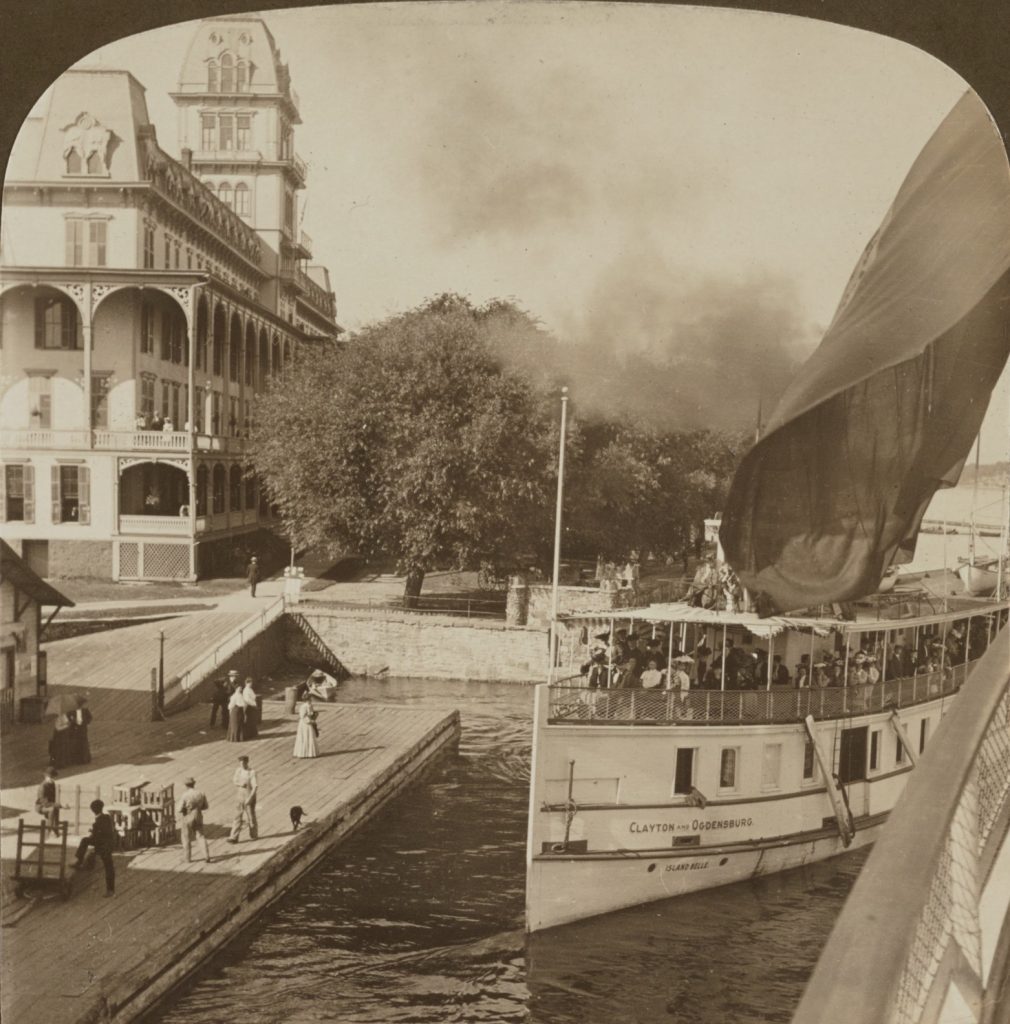
In another bit of irony, the last sentence may have influenced Staples to live on the river, or more specifically, The Thousand Island House, in his last years. Staples’s long-time wife, Helen, passed away in 1902. He then remarried in 1913 to Cecilia Kinnear in Alexandria Bay and had a child with her before he passed away at the age of 80-81, September 8, 1918. His obituary printed the next day in The Times, read, in part–
Col Staples was about the Thousand Island House all day and until a short time before his death was in high spirits. He took a bath, donned his pajamas, and went to his room. He fell over on the bed exhausted, and before physicians could be summoned he was dead.

Unlike many of the Gilded Age hotels in the area, such as The Frontenac, Pullman House, Thousand Island Park Hotel, and its successor, The Columbian, the Thousand Island House enjoyed a fairly long life, lasting 63 years. Whereas many of the hotels of the era were lost in fires, it was the Great Depression that took the best of the hotel.
After not opening the prior year, Abe Cooper of Syracuse, who owned numerous businesses in Watertown, including the Bagley & Sewall Co, purchased the property with plans to tear it down, salvage as much of it as possible, and build a summer home on it. The summer home was never built, as Cooper ended up purchasing the Abraham & Strauss cottages on Cherry Island in 1937, later razing the Strauss mansion. Today, the land is occupied by the River Hospital.
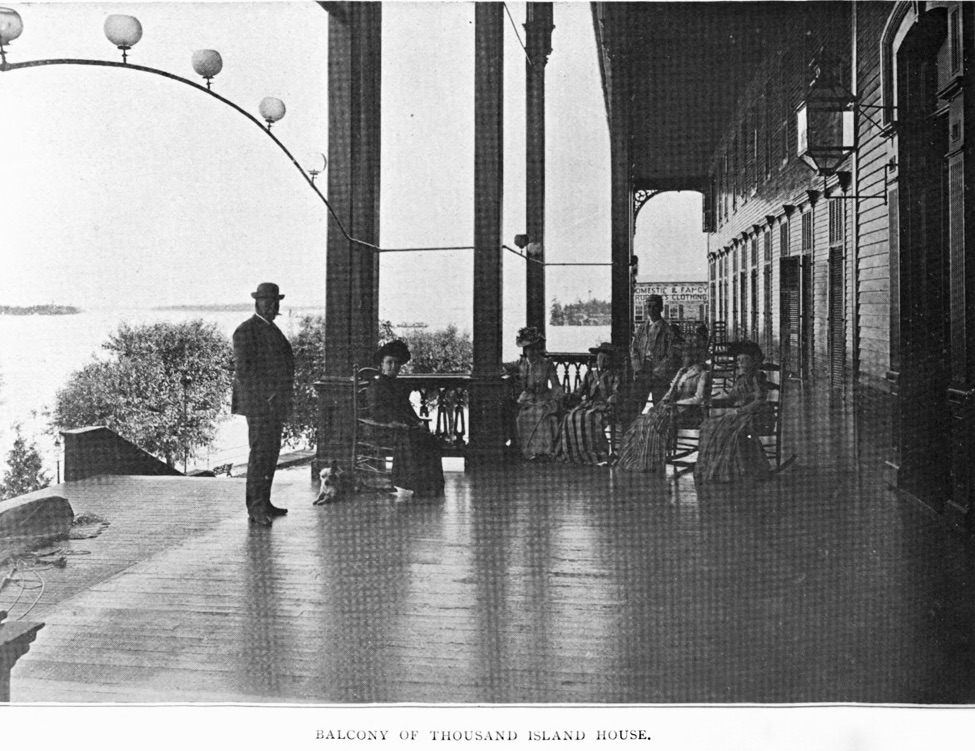
A silent film from “travelfilmarchive” on YouTube posted below features the Thousand Island House prominently in a few spots. The film is from around 1930.
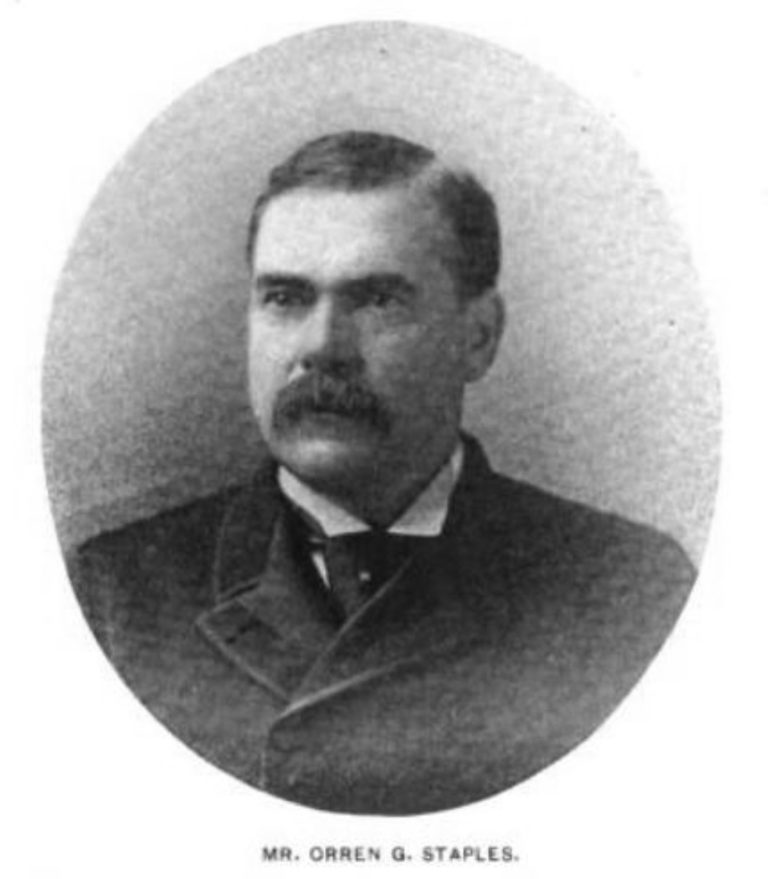
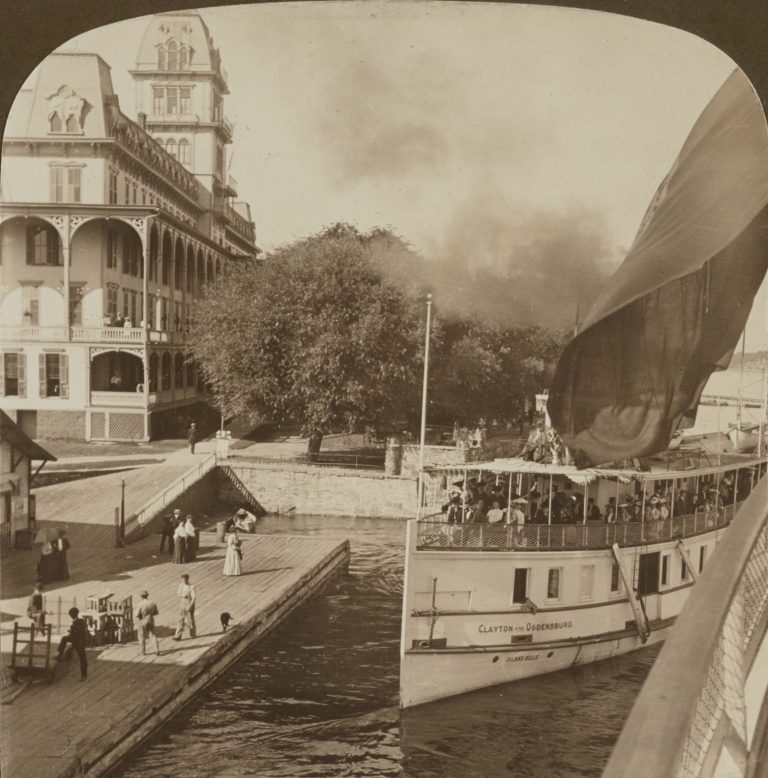
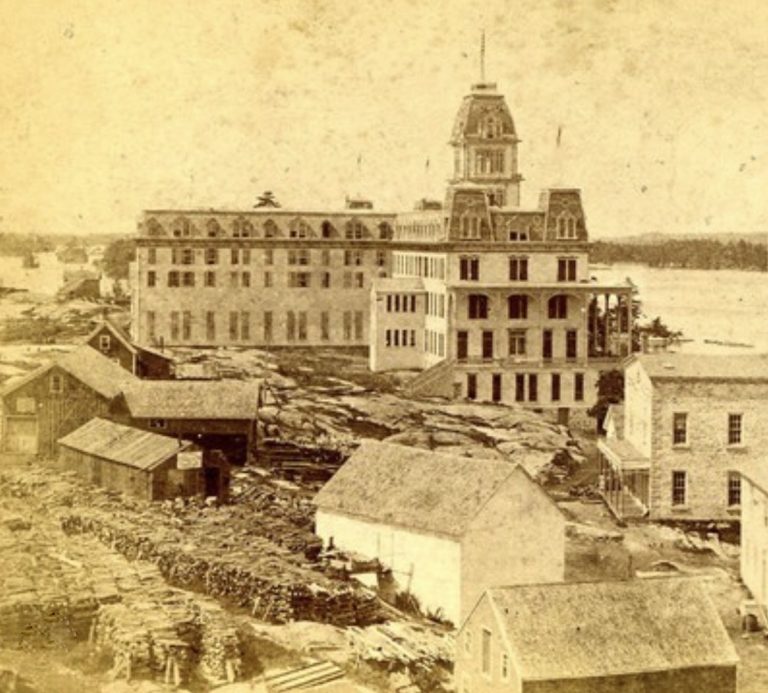
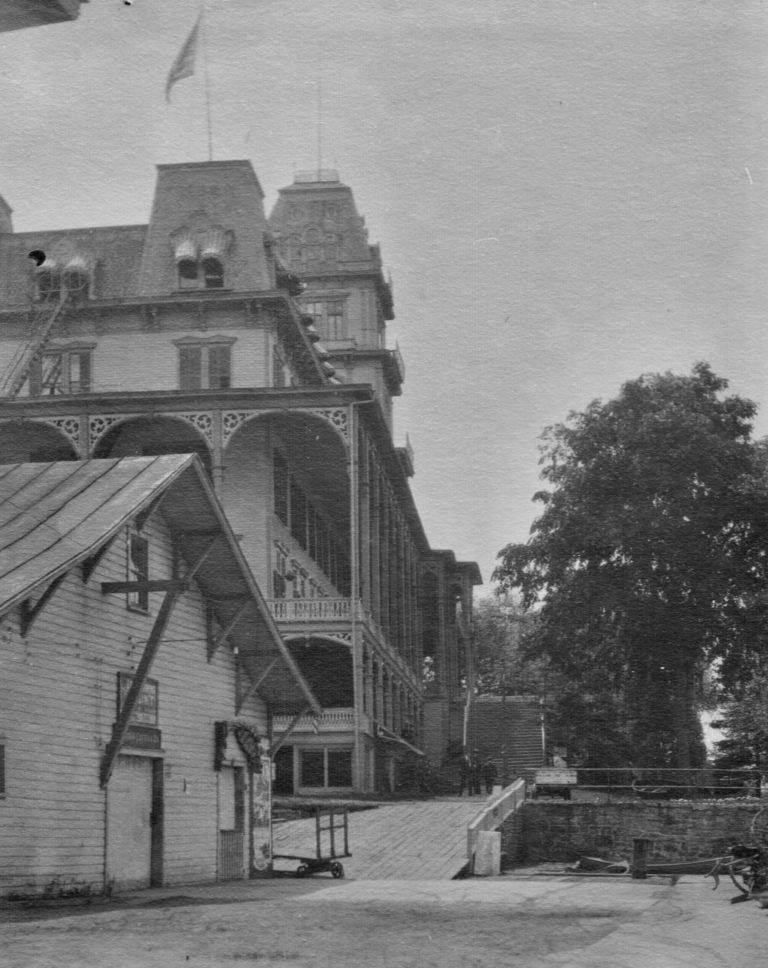
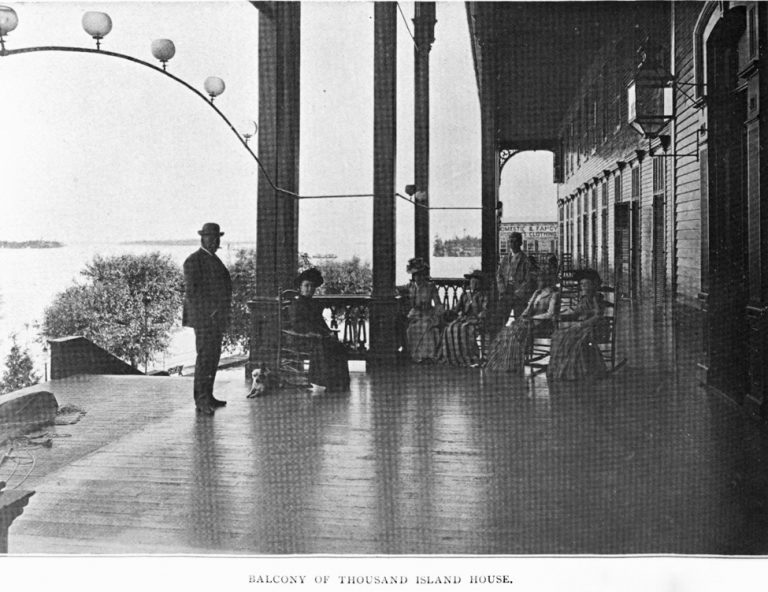
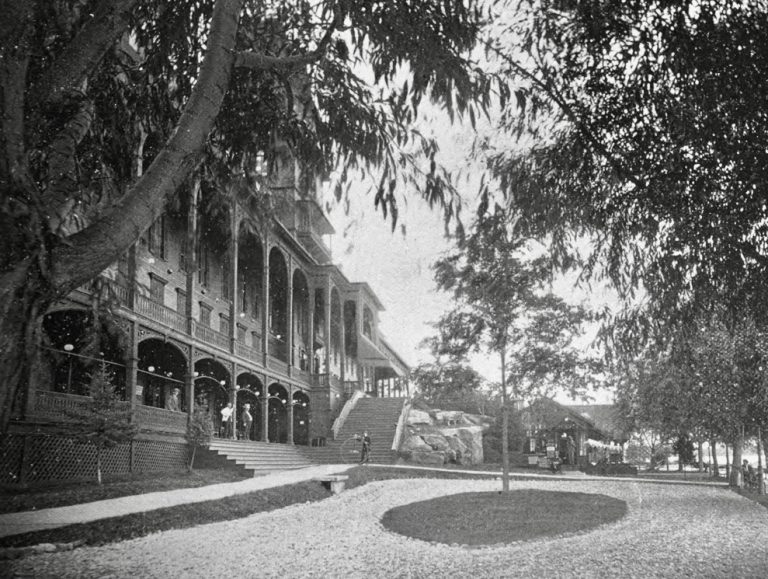
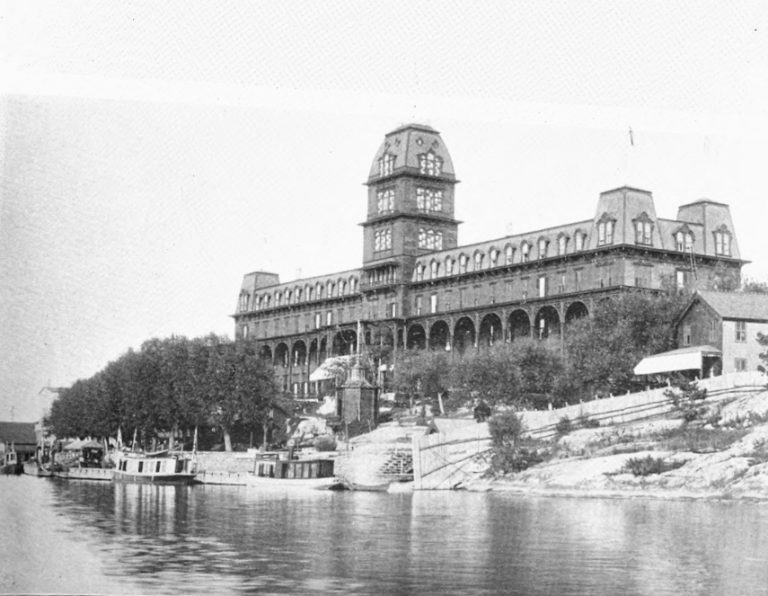
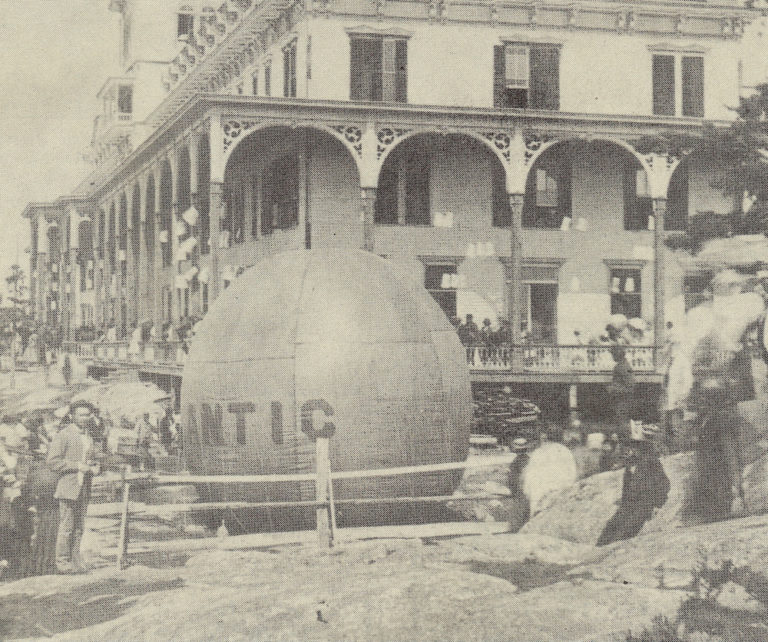

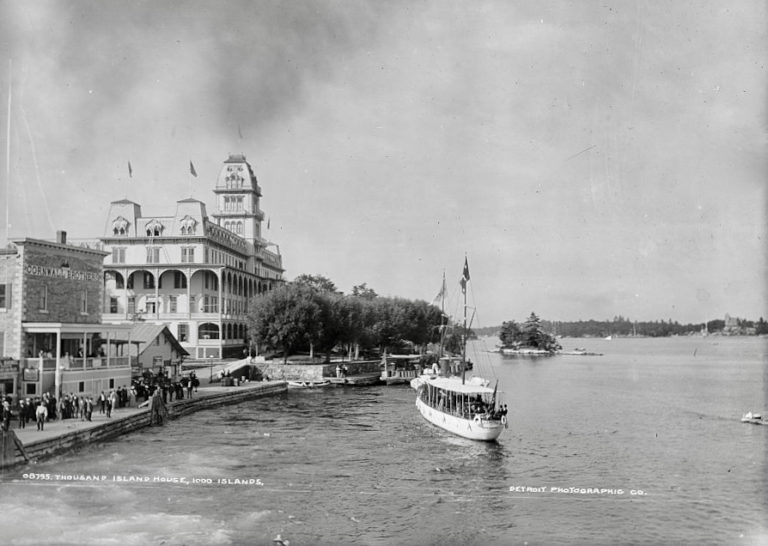


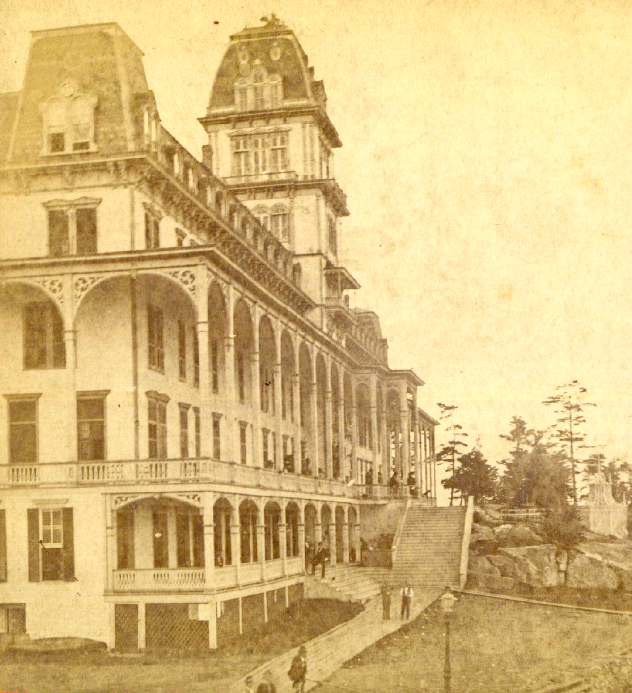
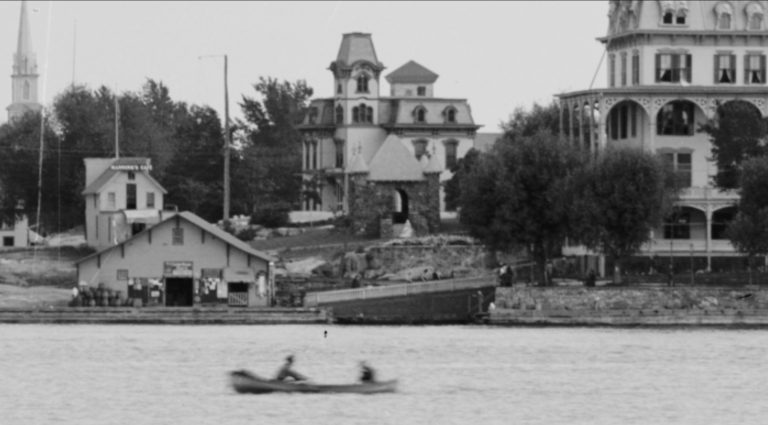
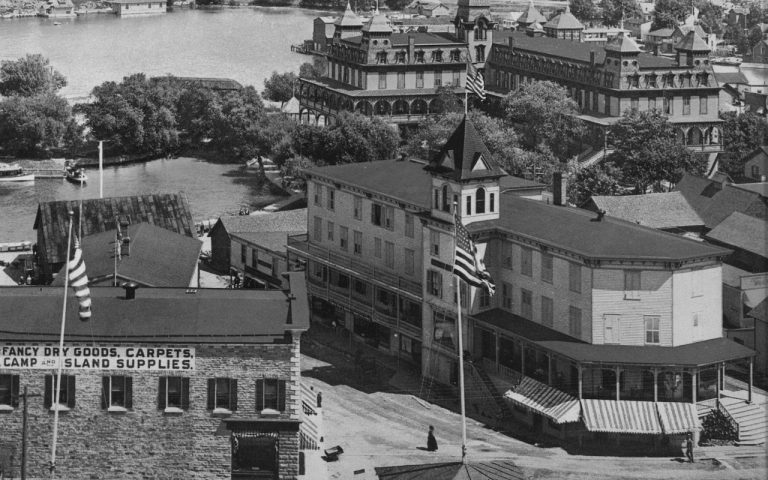

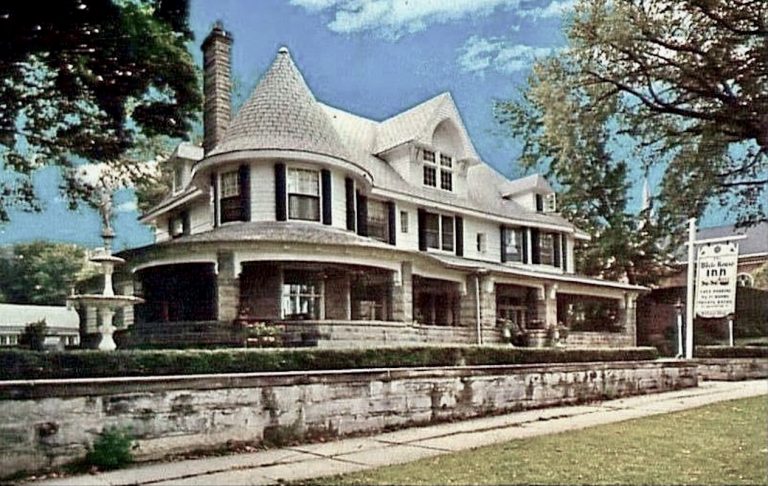
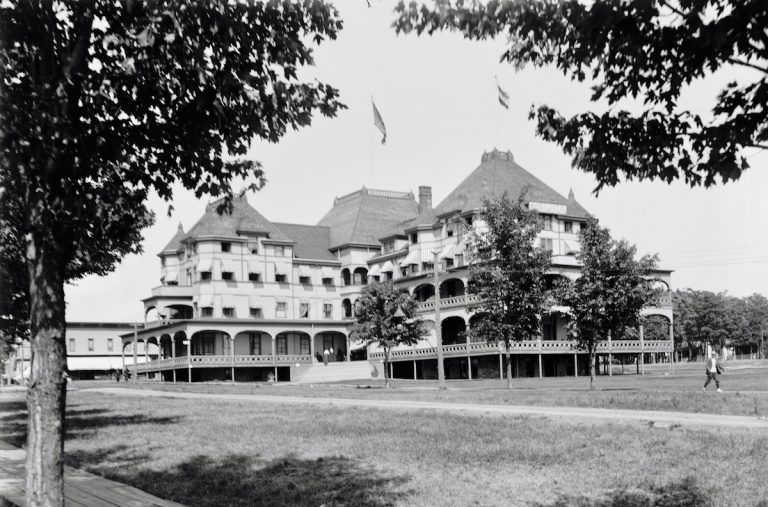
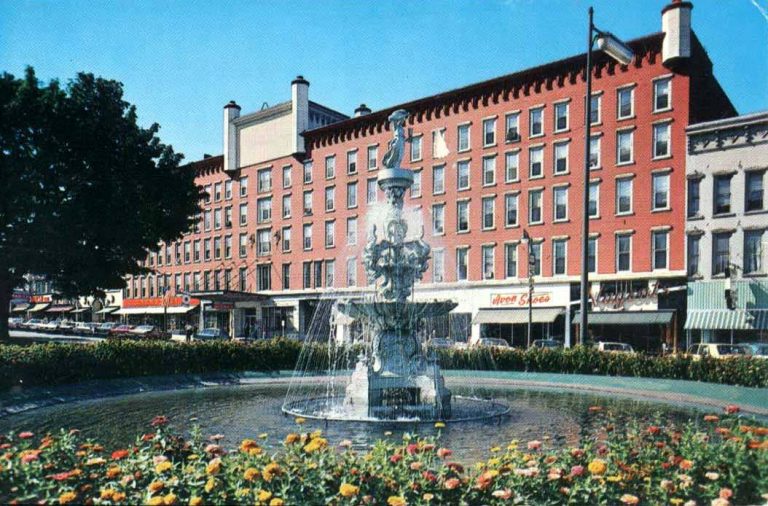
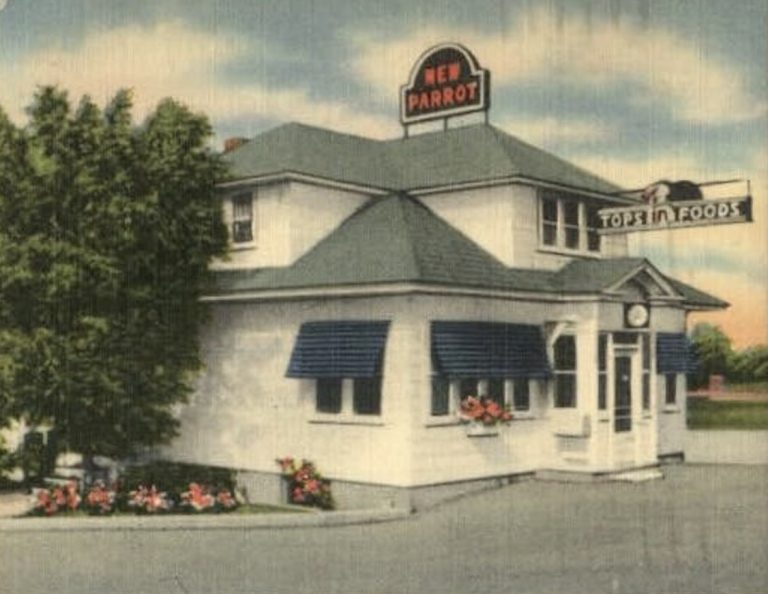

1 Reviews on “Thousand Island House – 1000 Islands”
Amazing I only wish I lived in that time period with all its grandness.